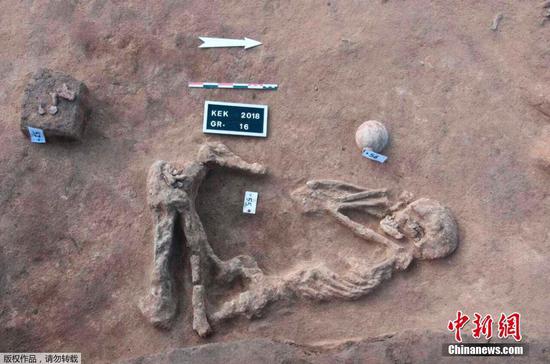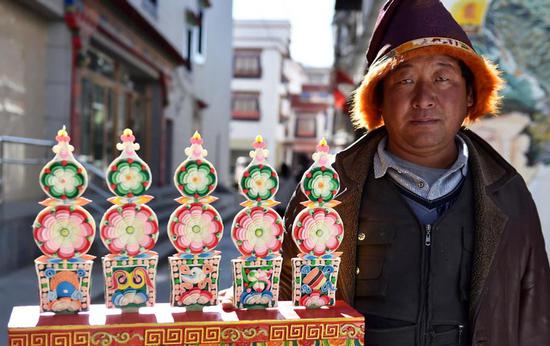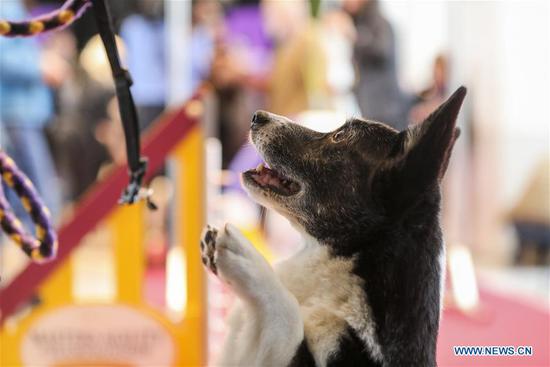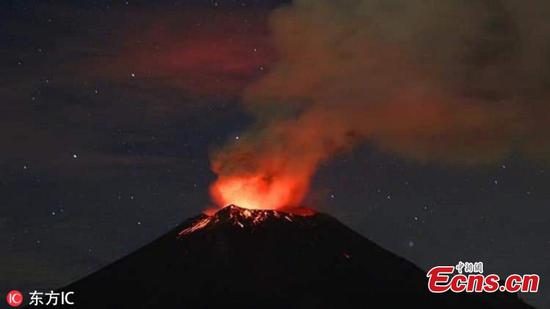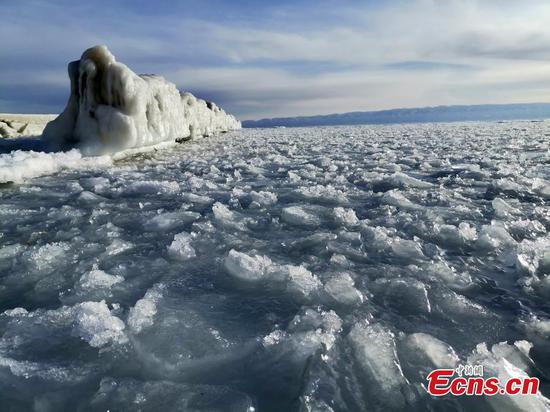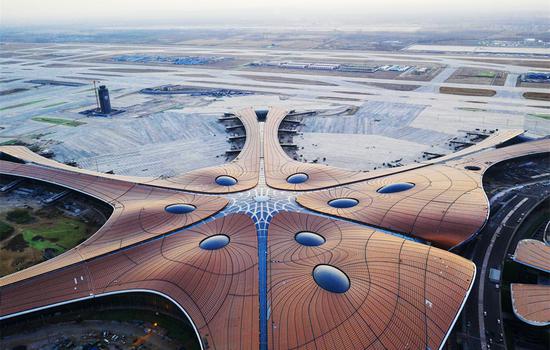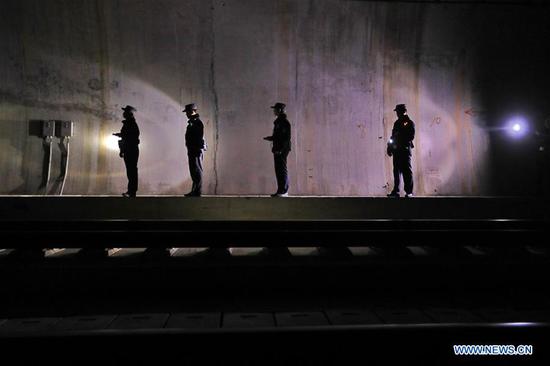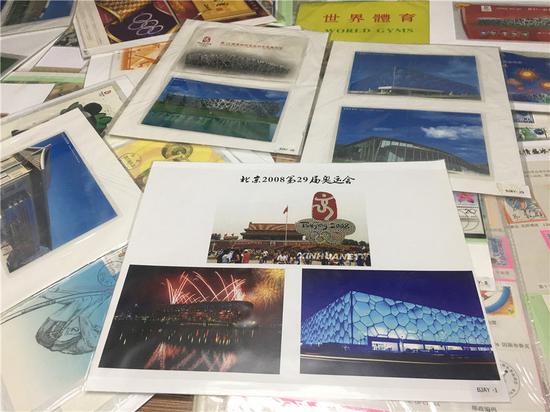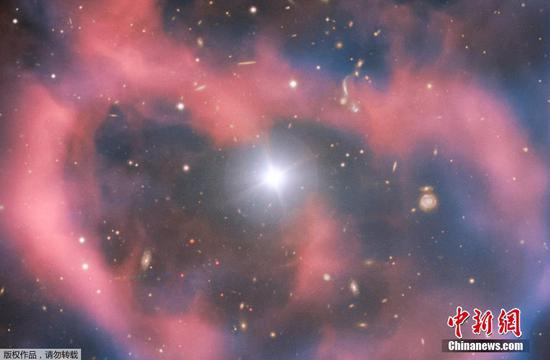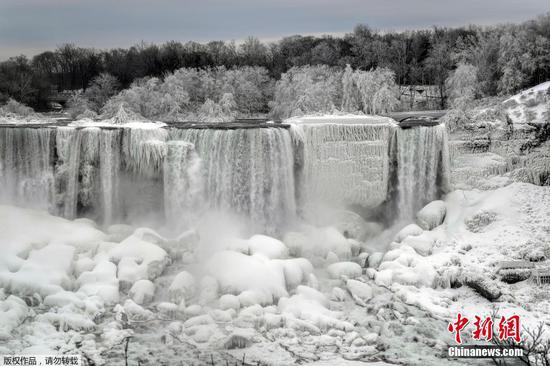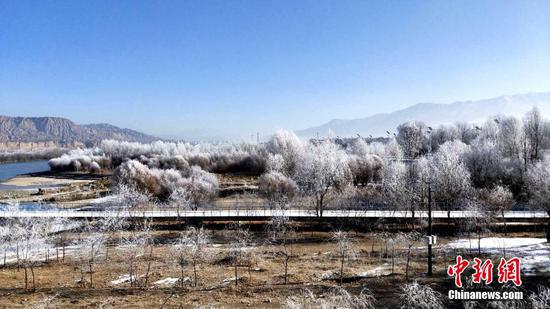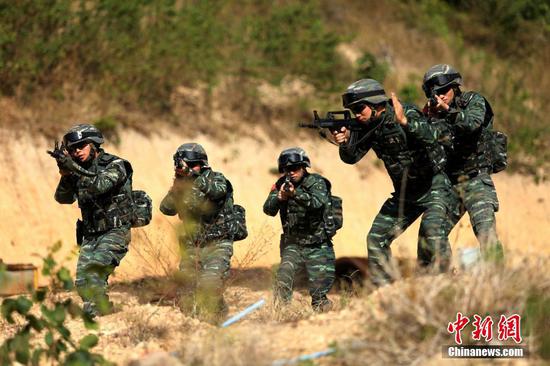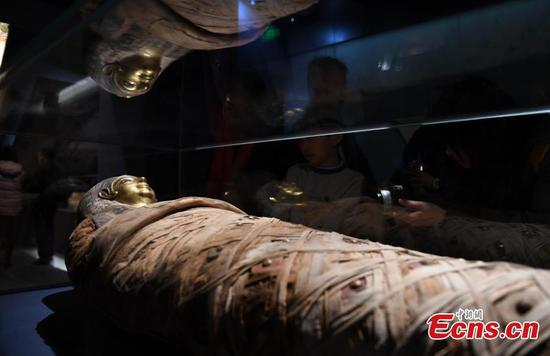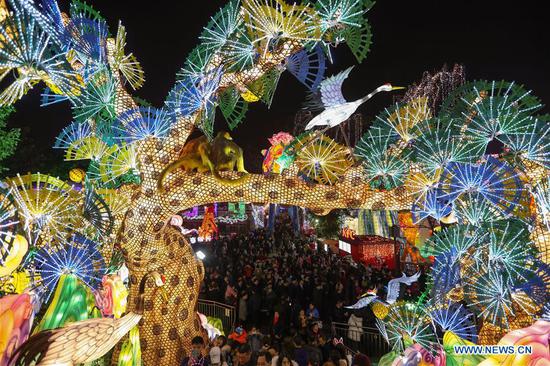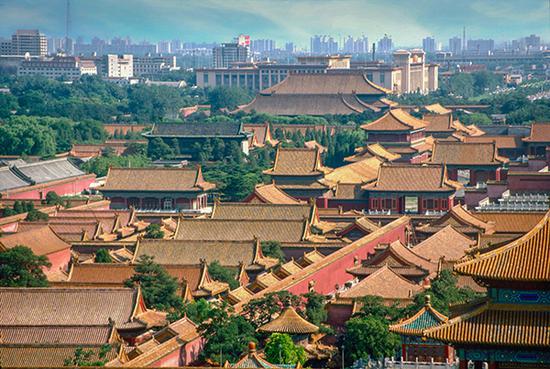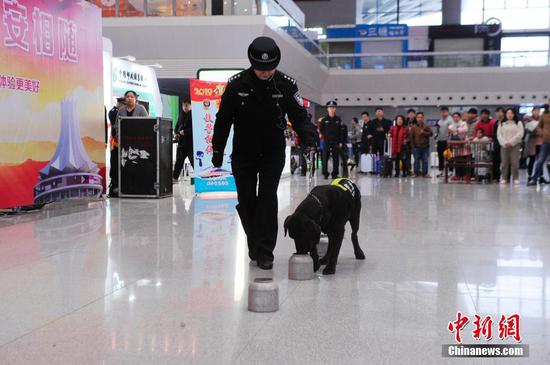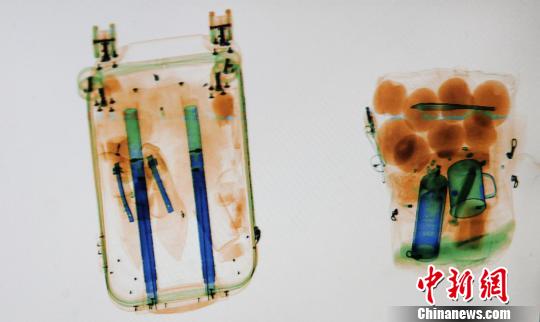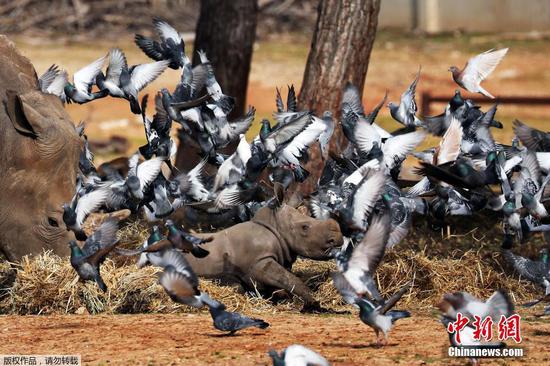Chinese scientists have released nighttime remote sensing imagery capturing finer spatial details of artificial nighttime light in China.
The imagery is made up of 275 photos taken from June to December in 2018 across China. It is made by Wuhan University and Hubei high-resolution earth observation statistics and application center in central China's Hubei Province.
The details of artificial light captured on the imagery can reveal human activities at night. Activities including oil or natural gas burning, forest fires and volcano eruptions are also captured.
Luojia-1, a scientific experiment satellite, was sent into space on June 2 last year. Its spatial resolution reaches 130 meters.
So far, nighttime remote sensing data collected by Luojia-1 have been provided to over 3,000 users in 16 countries and regions.
Compared with ground-based measurements, nighttime light remote sensing is able to acquire larger-scale and higher quantities of artificial lighting data.











